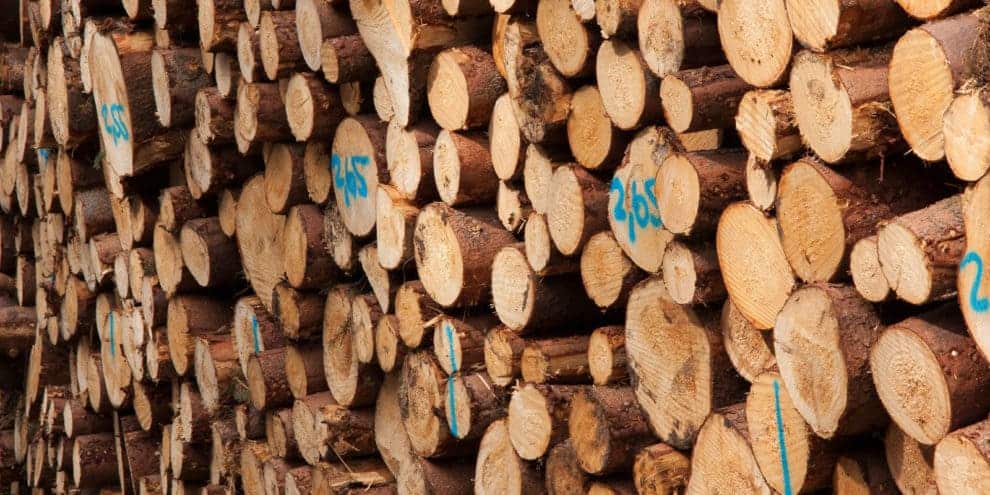A key lesson from watching the show “Shark Tank” is that winning entrepreneurs know their numbers. They know their revenues, costs, margins and market shares. The same is true for successful timberland investors. They know the local wood markets, double check their assumptions about property taxes, and back-test timber forecasts. It helps to confirm the current industry structure, the physical facts on the ground, and the role of technology in processing wood and growing trees.
Seeking Balanced Timber Markets
Understanding the current situation – knowing your numbers – in wood procurement and timberland management includes answering the question, “does your wood market balance?” When I ask this, folks often think first of matching forest growth to wood demand and estimating growth-to-drain ratios. However, the question of balance speaks more to the mix and match of mills and wood users. Different wood processing facilities have different needs, economics and strategies. A healthy timber market includes strong, growing demand for wood across a balanced “portfolio” of mill types. Failing to account for the explicit balance can throw off the analysis of a wood basket or timberland portfolio.
Consider markets in the U.S. South, for example. Overall, a given wood basket benefits from having a balance – within spitting distance of 50-50 – of grade-using and pulpwood-using mills. The economics and current physical realities of timberland management require markets for sawlogs and pulpwood in nearly equal proportions, in addition to the ability to consume manufacturing residuals (chips).
In markets unbalanced to sawlogs (with less relative pulpwood demand), history highlights efforts to recruit or start bioenergy projects, locate chip mills or build OSB plants. In markets heavy to pulpwood consumption, we tend to find more in-woods chipping capacity, as pulp mills and biomass power plants have access to fewer manufacturing residuals. Markets seek a path to balance, even if it takes several years.
Understanding balance locally and regionally informs analysis and decisions related to forest management and timberland investing. For this reason, successful forest land owners allocate time and resources to confirming knowable facts on the ground related to mill investments, forest supplies, technological advances, logging capacities and ownership trends. Knowing the number of mills and localized capacity by end product provides a means to project industry performance from the bottom up.
This content may not be used or reproduced in any manner whatsoever, in part or in whole, without written permission of LANDTHINK. Use of this content without permission is a violation of federal copyright law. The articles, posts, comments, opinions and information provided by LANDTHINK are for informational and research purposes only and DOES NOT substitute or coincide with the advice of an attorney, accountant, real estate broker or any other licensed real estate professional. LANDTHINK strongly advises visitors and readers to seek their own professional guidance and advice related to buying, investing in or selling real estate.










Add Comment